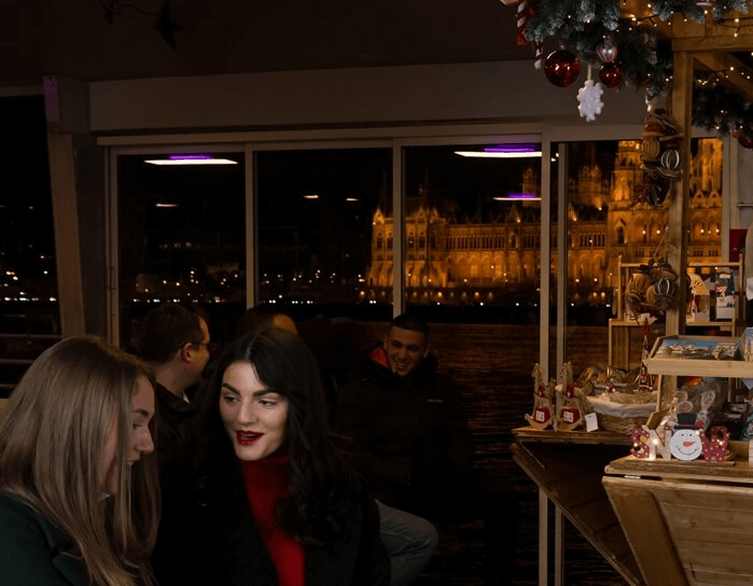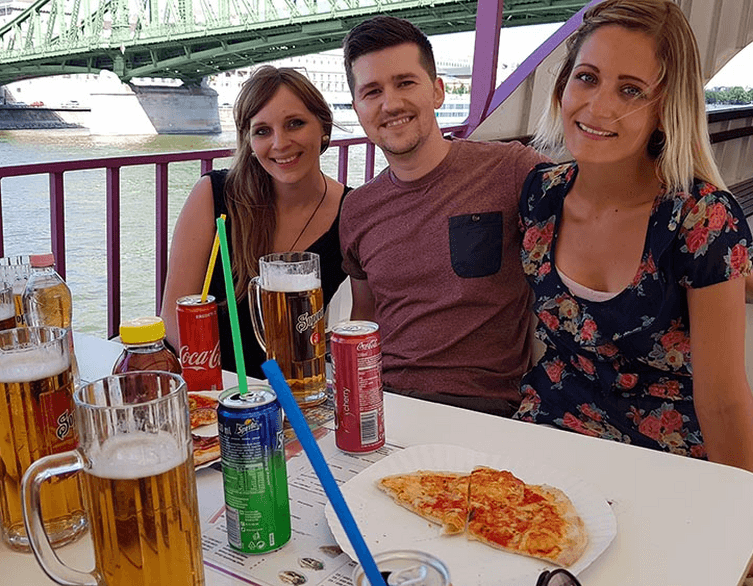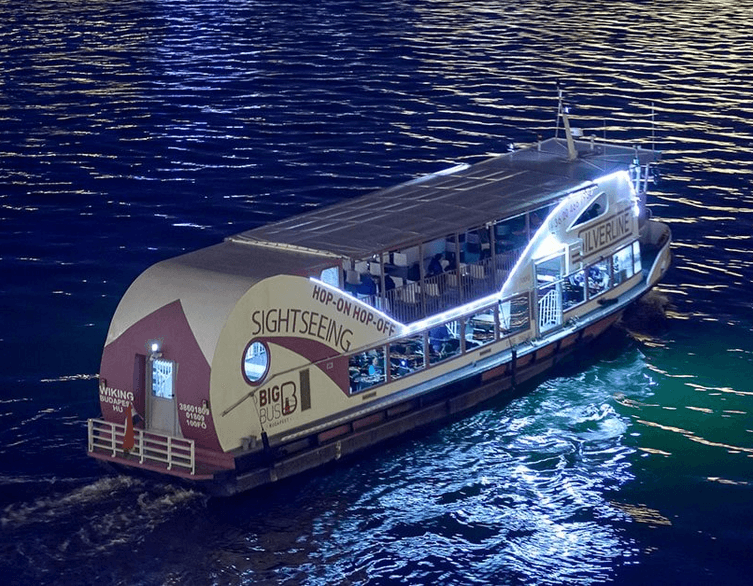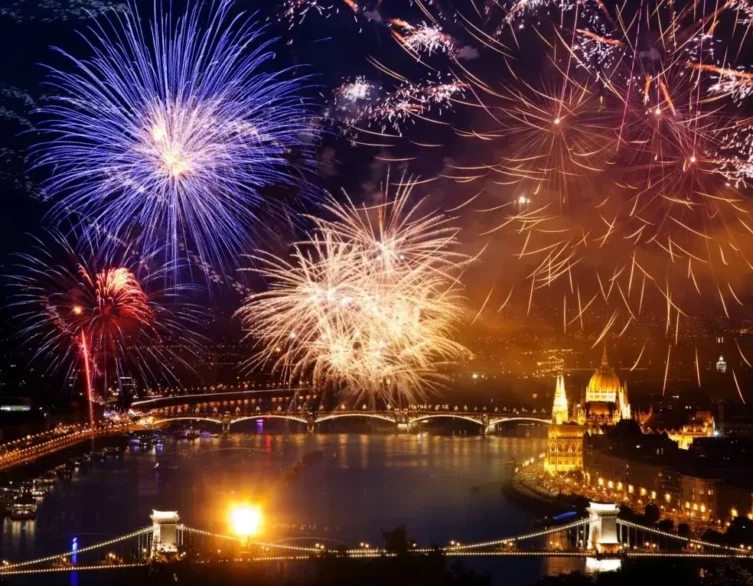New Year’s Eve Fireworks in Budapest: What Tourists Need to Know for 2025–26

If you are planning to spend New Year’s Eve 2025 in Budapest, it is worth knowing that the city is entering a new era when it comes to fireworks. From 15 December 2025, a strict new pyrotechnic regulation comes into force, fundamentally changing how and where private fireworks can be used in the Hungarian capital. The days of more or less uncontrolled New Year’s “booming” across the whole city are over, replaced by a system that puts peace, safety and animal welfare much more firmly in the foreground.
The new rules were adopted by the Budapest General Assembly in October 2025 and take effect just in time for the 2025–26 festive season. The regulation was initiated by mayor Gergely Karácsony and green party representative András Béres, and it explicitly aims to balance the right to celebrate with the right of residents and animals to rest and feel safe. For visitors, this means that the atmosphere of New Year’s Eve in Budapest will still be festive, but you should not expect the same level of constant, city‑wide explosions that have characterised previous years.
Why Budapest Is Restricting Fireworks
Behind the tightening of the rules lies a long‑standing wave of public dissatisfaction. Every year, the noise of rockets and firecrackers has triggered complaints from families with small children, elderly residents and, perhaps most visibly, pet owners. New Year’s Eve has often been a nightmare for dogs, cats and wildlife, with sudden bangs and flashes continuing deep into the night. Environmental concerns have also grown, from air pollution and waste to stress on urban ecosystems.
Before adopting the regulation, the city carried out a questionnaire survey among residents, and the results were very clear: 78 percent of respondents considered stricter control of pyrotechnic devices “highly justified”, and a further 8.8 percent found it “rather justified”. On this basis, the city leadership decided to act. The goal is to reduce noise, light and environmental load, while recognising that many people still enjoy a small, controlled window of celebratory fireworks at the turn of the year.
A Much Shorter Fireworks Window
Perhaps the most tangible change for visitors is the drastic shortening of the time frame during which higher‑category fireworks may legally be used. Under the previous rules, category III fireworks could be set off from 18:00 on 31 December until 06:00 on 1 January, giving revellers a twelve‑hour window to celebrate noisily. Those long nights of sporadic explosions from early evening until dawn will now be curtailed.
From the 2025–26 New Year’s Eve onwards, the permitted period for category II and III pyrotechnic devices is the same across the entire city: they may only be used between 20:00 on 31 December and 02:00 on 1 January. That is a four‑hour window centred on midnight, designed to concentrate the loudest activity into a timeframe that is more tolerable for residents and animals. Importantly, the lightest, category I devices – low‑noise, playful items such as sparklers and very small novelties – remain unrestricted, so these can be used more freely without breaking the rules.
Fireworks Zones: Where It’s Banned and Where It’s Allowed
The new Budapest regulation does not only limit fireworks in time; it also reshapes the city into clear zones when it comes to where you can and cannot light them. For a foreign visitor thinking about buying fireworks or simply choosing where to spend New Year’s Eve, it is important to understand this three‑tier system.
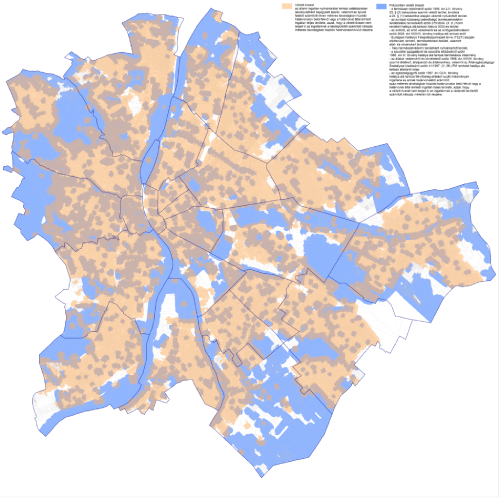
The first category is the “Highly Protected Zone”, where category II and III fireworks are completely banned all year round. This includes nature conservation areas, all Natura 2000 sites, forests, parks and cemeteries. It also covers zoos, animal shelters and boarding kennels, and any institution providing inpatient medical or social care – such as hospitals and residential homes – together with a 100‑metre buffer around them. In practice, this means that many of Budapest’s green and sensitive areas, such as the full Normafa area in the Buda Hills, are strictly off‑limits for loud fireworks.
The second category is the “Protected Zone”, where category II and III fireworks are forbidden even on New Year’s Eve. Here the definition is broad: all residential buildings and a 50‑metre radius around them fall into this zone. Since Budapest is a densely built city, this rule covers most residential neighbourhoods, from central districts to outer housing estates. For you as a visitor, this means that setting off larger fireworks from the street outside your hotel, Airbnb or residential building is almost certainly illegal, even within the official 20:00–02:00 time window.
Best deals of Budapest
The third category comprises “Non‑Protected Areas”, which are the only places where category II and III fireworks may still be used, and only between 20:00 and 02:00. These are large open spaces without nearby residential buildings – for example, certain industrial or riverside areas, or specific designated sites that the city has mapped out. The municipal authorities have published a detailed map showing exactly which areas fall into which category, so locals and visitors alike can check before planning any private display.
Key Central Spots with a Full Ban
Several of the city’s most iconic downtown squares and promenades are now firmly placed under the strictest rules. The inner district of Belváros‑Lipótváros (District V) had already banned fireworks on some of its busiest squares from 2024, and the new city‑wide regulation confirms and extends this approach. For foreign tourists, this directly affects many of the classic New Year’s Eve hotspots.
On Vörösmarty tér, the traditional home of one of Budapest’s main Christmas markets, private fireworks are completely prohibited. The same applies to Szent István tér in front of St. Stephen’s Basilica, Erzsébet tér with its popular Ferris wheel, József nádor tér and the entire length of the famous Váci utca shopping street. These areas are exactly where many visitors like to gather on New Year’s Eve, so it is helpful to know that they are designed to be firework‑free zones. You can still enjoy live music, street parties, light installations and the festive buzz of the crowd – just without rockets exploding overhead at close range.
Other sensitive locations are protected in a similar way. All hospitals and inpatient care institutions have 100‑metre no‑fireworks buffers, while animal‑related facilities such as the Budapest Zoo and animal shelters are kept under a full, year‑round ban. Residential streets across Buda and Pest are effectively shielded by the 50‑metre rule, encouraging any remaining private fireworks to move towards truly open spaces where they disturb fewer people and animals.
How This Changes New Year’s Eve for Visitors
For tourists, the new rules mainly mean two things: less random noise and more predictable, safer celebrations. Instead of fireworks going off at all hours in every courtyard and side street, the loudest period will be concentrated around midnight and, even then, largely limited to specific open areas. If you are staying in a central hotel or apartment, you may still hear fireworks in the distance, but the idea is that your windows will no longer rattle for twelve hours straight.
The regulation also nudges the city towards more organised, public forms of celebration rather than countless small private displays. In the coming years, it is likely that more emphasis will be placed on official light shows, concerts, street parties and cultural programmes. For you, this can actually make planning easier: instead of worrying about finding a “good spot” to watch random fireworks, you can focus on choosing a neighbourhood or venue that offers the atmosphere you want, whether that is a Danube‑side restaurant, a rooftop bar, a ruin pub in the Jewish Quarter or a quieter evening at a thermal bath followed by a midnight toast.
Practical Tips for Spending New Year’s Eve 2025–26 in Budapest
If you are visiting Budapest for New Year’s and are used to buying your own fireworks at home, the simplest advice is to leave that habit behind for this trip. With the new zoning and strict time and place limitations, it is very easy to break the rules unintentionally. Instead, immerse yourself in the city’s other New Year’s traditions: outdoor concerts, street food, mulled wine, and the custom of eating lentil soup or virsli (sausages) after midnight for good luck.
Choose your accommodation and evening plans with the new “quieter city” in mind. Central squares like Vörösmarty tér and Szent István tér will still be lively, but they aim to be more peaceful and family‑friendly in acoustic terms than many New Year’s Eve hotspots in other capitals. If you prefer a calmer experience, look for hotels in more residential areas, knowing that the 50‑metre rule around homes offers an extra layer of protection. If you love a party, head for venues that organise their own indoor or terrace celebrations, where the mood comes from music and people rather than from DIY firecrackers.
Above all, see these changes as part of Budapest’s evolution towards a more considerate, environmentally aware city. The new pyrotechnic regulation is a significant step towards a New Year’s Eve where children, elderly residents, pet owners and wildlife all suffer less, while visitors can still enjoy a beautiful, festive night. In the end, the magic of ringing in the new year in Budapest comes as much from the glow of the Parliament on the Danube, the lights of Chain Bridge and the laughter in the streets as from any firework – and from 2025 on, those moments will come with a little less noise and a lot more peace.
Related news

